MSI Z87 XPower Review: Our First Z87 with PLX8747
by Ian Cutress on August 12, 2013 9:00 AM EST- Posted in
- Motherboards
- MSI
- PLX
- Z87
MSI Z87 XPower Software
MSI’s software package for Z87 is a mixture of old and new, and we do not get any different options between model segmentations (channel, gaming, OC), meaning that our software explanations are identical to that of the previous MSI Z87 motherboard reviewed.
From our testing, the stalwart of the package, Live Update 5, is still present in all its glory. So far in terms of auto-update packages, MSI’s was the first to reach an echelon worthy of an update package that informs the user and applies the updates. Other manufacturers are now getting into the groove, but MSI have that initial advantage.
In terms of the new, Command Center gets a fresh update. The new Command Center is a visual uplift from the old version, giving the user more control and a better experience in order to adjust the system – this includes a better visual of the fan controls as well.
However we start at the installation disk and not much has changed here. The interface has two main options at the top (Driver, Utility) which expand into several options below and a ‘Total Installer’ button. This button opens up a menu whereby the user can select/deselect options (such as Norton Antivirus) to install. I am beginning to get to a position where the Driver CD on loading should be showing information about the current setup as detected, such as CPU/motherboard numbers. This way we can verify the hardware we are dealing with without loading additional programs or opening up the case. Perhaps this is something easily implementable to think about for the future.
One of the first things that the user might notice on the initial installation is the MSI theme that gets applied when everything is installed. I am of the opinion that this is a good positive move for motherboard companies, as long as the pictures are tasteful and fit. I know a good number of users will customize an OS setup regardless, but it does provide a sense of ownership for those that leave it in the background.
MSI EasyViewer
First in MSI’s lineup is EasyViewer, a replacement of Windows Photo Viewer with a few extra commands for resizing and slideshows. Personally I use FastStone Image Viewer for my image previews (and one of our benchmark tests) as it does almost the same thing with a lot more options.
MSI Live Update 5
The big plus in the MSI package is from Live Update 5 (LU5). With LU5 the system will connect to the internet, detect the current platform, get a list of available software on the MSI servers, and then compare this to the software it can detect on the system. If there is a discrepancy in the version, it offers a download. Alongside the software available, the system also checks BIOS versions against the latest available on the servers. The only issue for me is that the program does not tell you the size of the download until you are actually downloading it, which could be an issue for limited bandwidth users if they end up downloading 200 MB of audio drivers rather than 5 MB of other software.
MSI / Intel Extreme Tuning Utility
Motherboard manufacturers have an option to include the Intel Extreme Tuning Utility, which in essence is a basic overclocking tool for all Intel based platforms. With the tool a user can adjust all the overclock settings as well as find out plenty of information about the system as well as stress test any overclock. This software is actually rather slick and easy to use, so a fair few motherboard manufacturers should consider using XTU as a base for an overclocking tool.
Qualcomm Atheros Killer Network Manager
As MSI are using a Killer NIC on the motherboard, the software to go with the NIC provided by Qualcomm Atheros is on the install disk. The Killer network port, with the right drivers and software, is designed to bypass the Windows network stack and fast track programs with higher priority for data transfer. This allows gamers to prioritize VoIP and game traffic over background tasks.
With the software being integrated into a hardware component, the emphasis is on lower CPU usage. Many motherboard manufacturers now offer their $150+ products with a version of cFosSpeed which attempts to perform a similar function to QAK but purely in software, which could increase CPU usage. There is a clear price premium for using the Killer NIC in this regard.
MSI Video Genie
The Video Genie software is a software tool designed by MSI to adjust the monitor settings on the fly for various on-screen visuals. Thus in a dark scene on a film it will attempt to provide more focus by making the screen contrast higher, or as shown below will attempt to adjust the screen for a more ‘lively’ feel. This type of feature is arguably a software replacement for some of the more hardware based solutions.
MSI Fast Boot
With motherboards now allowing for hardware enhancements to improve POST time to Windows 8, it can be difficult for users to get into the BIOS if the system bypasses the ‘Press F2 to enter BIOS’. For overclockers the solution is easy with ‘Go2BIOS’ buttons now being implemented on MSI motherboards. However if the system is in a case, there has to be a software solution, and MSI provide Fast Boot for this, with a Go2BIOS option.
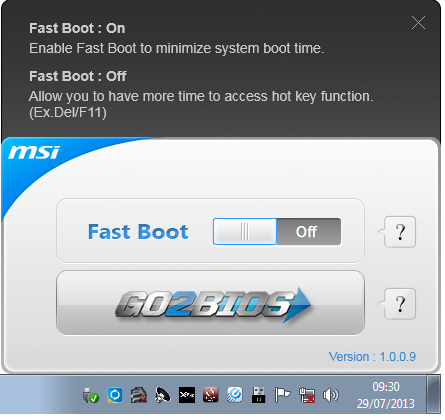
Sound Blaster X-Fi 3
As part of the drive to better audio solutions on motherboards, along with MSI’s Audio Boost, we have access to Sound Blaster software. This varies from a relatively simple interface designed to apply automatic EQ settings to a complex array of gaming options for users who want extras like ‘Scout Mode’. Unfortunately it upset our audio testing a fair bit and had to be disabled for the benchmark.
MSI Command Center
The last piece of the MSI software stack is our upgraded version of Command Center. Previous iterations were fairly complex with lots of information in a large interface (a bit like XTU) but visually did not disrupt the user experience. The new version of CC is of a similar ilk, however the settings are divided up to be easier to handle. For example, here is the first screen giving simple overclock and fan control options:
MSI have tried to split up the various sections of CPU/DRAM/GPU into menus, however users can navigate left and right – this puts CC in the firing line for an upgraded smartphone app in the future. With CC users can adjust fan controls, overclocks and voltages. Rather alarmingly Control Center allows users to apply 2.1 volts to their CPU immediately:
This is a large oversight. It would have been better for MSI to have an easy/advanced mode, where the advanced mode would allow voltages only extreme overclockers on sub-zero cooling would use.
A new element to CC is the addition of RAMDisk software, similar to ASRock’s XFast RAM:
If a user has a large pool of memory to use, any amount could be used to open up a RAM Disk and use it as a cache for some of the more readily used programs, such as web browsers, temp files or even page files.
Also available through CC is OC Genie, monitoring tools and an alert tool in case various values fall outside safe limits.


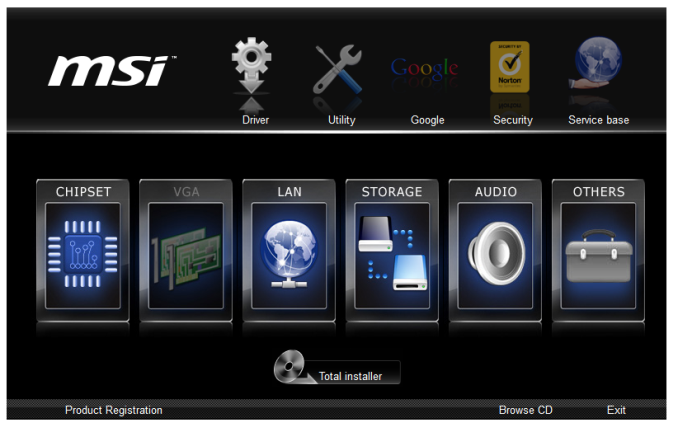

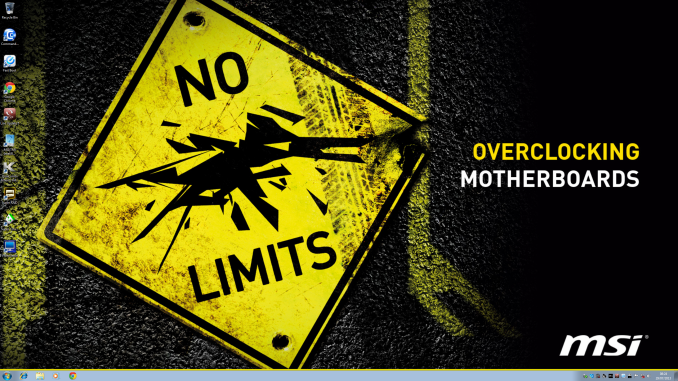
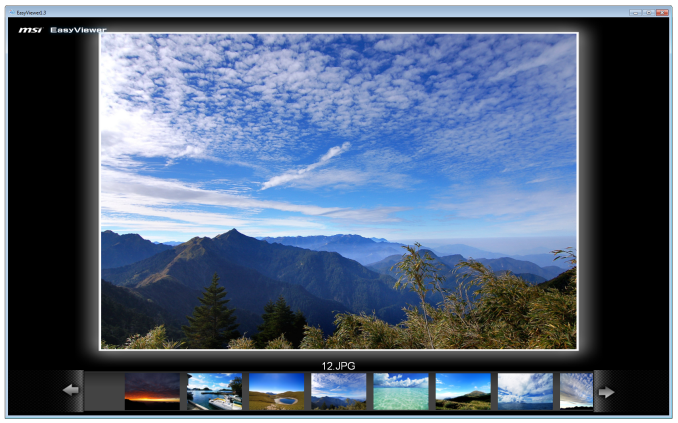
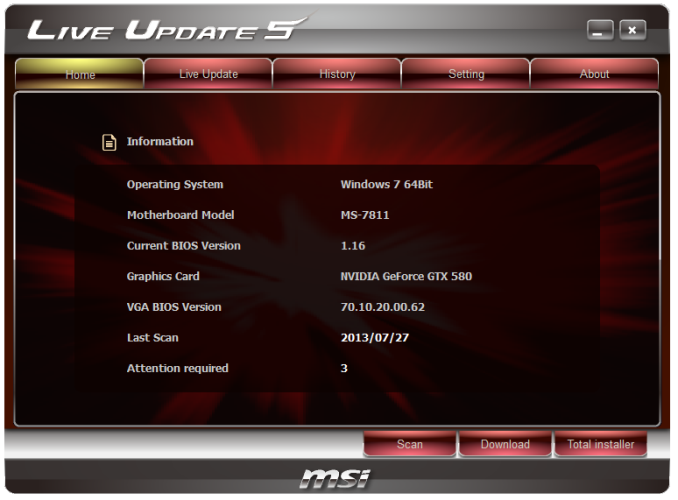
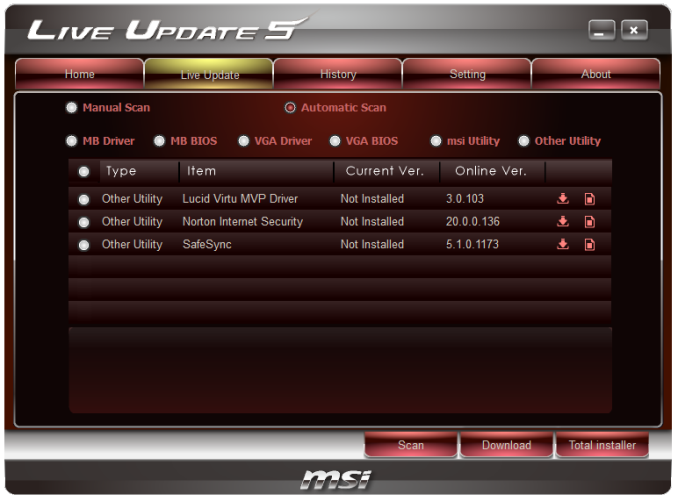

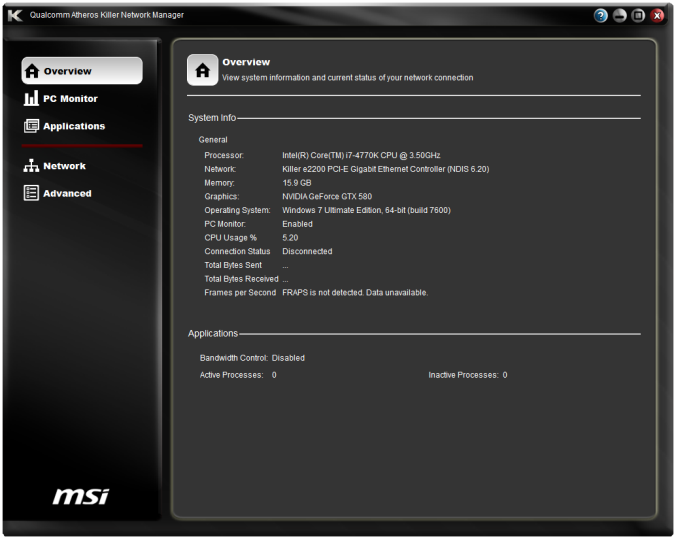

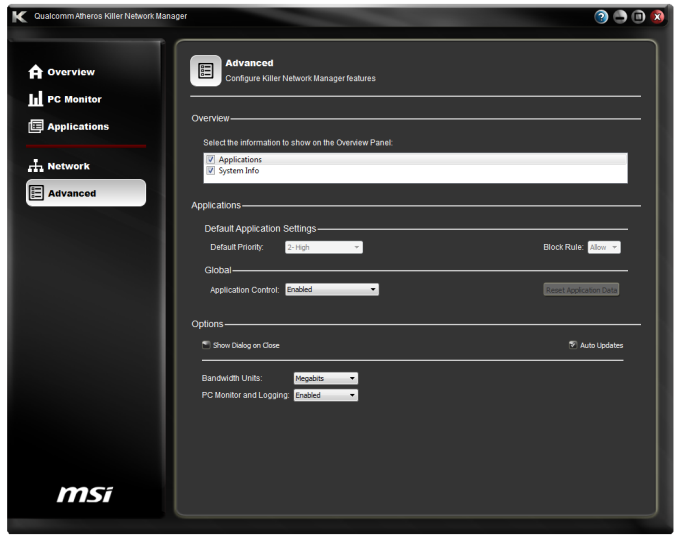
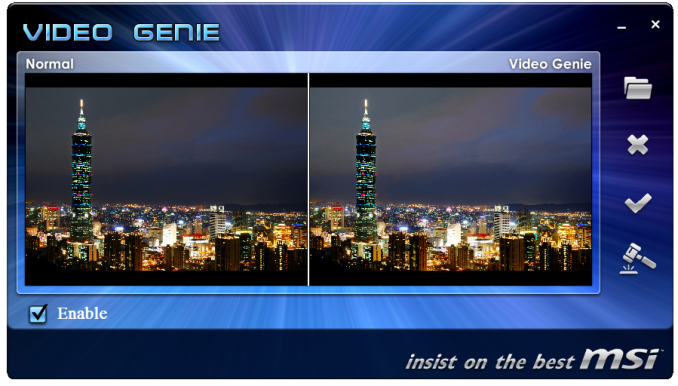
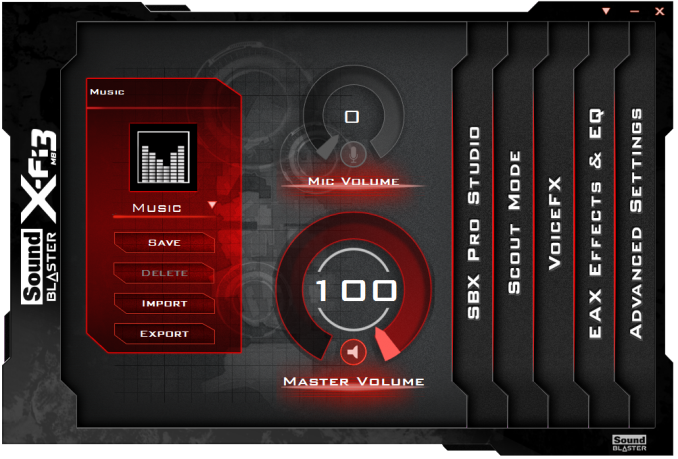
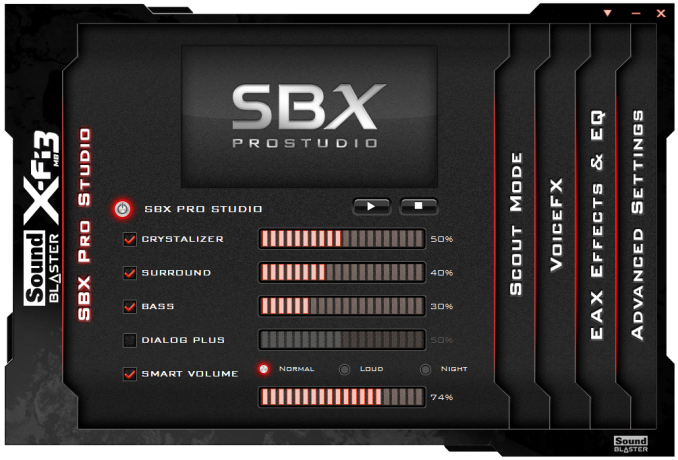
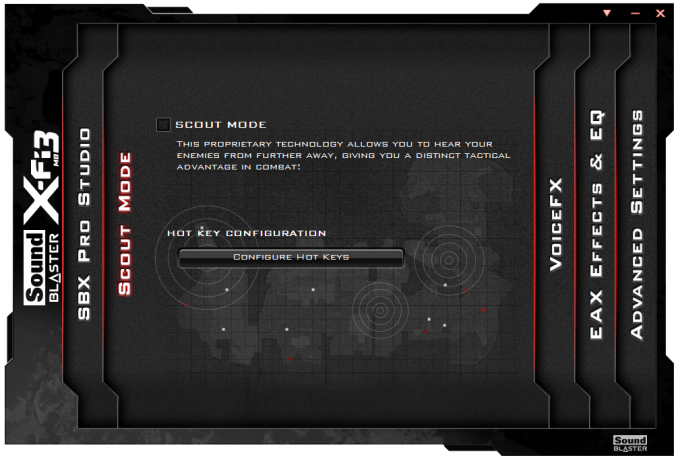
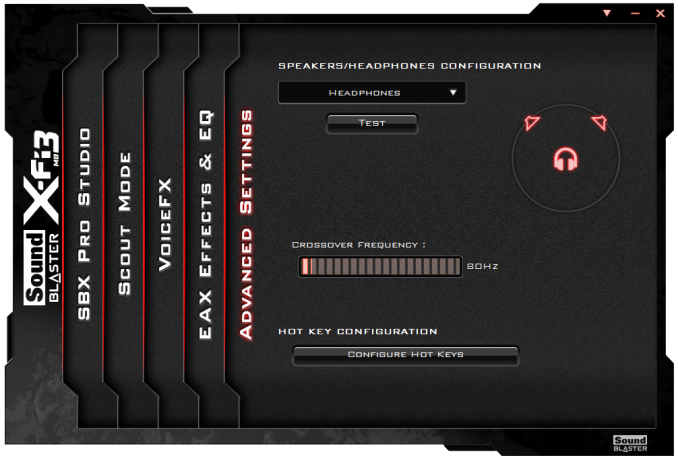
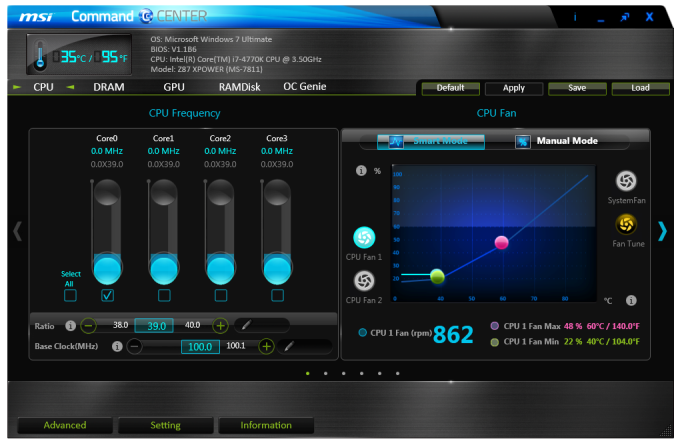
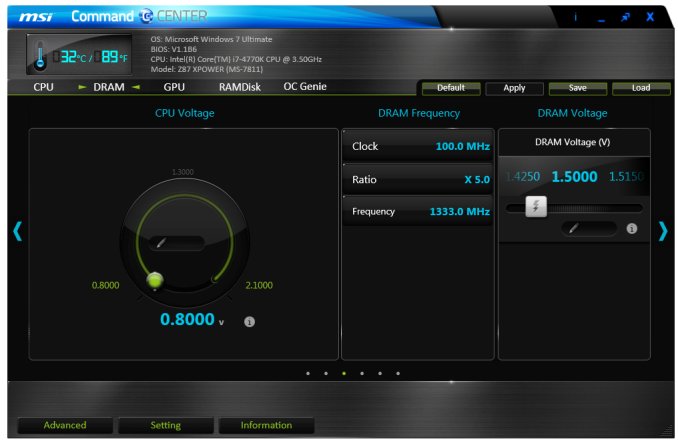

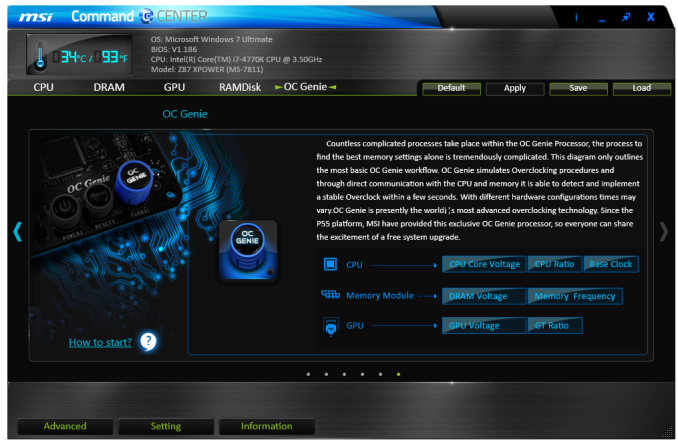

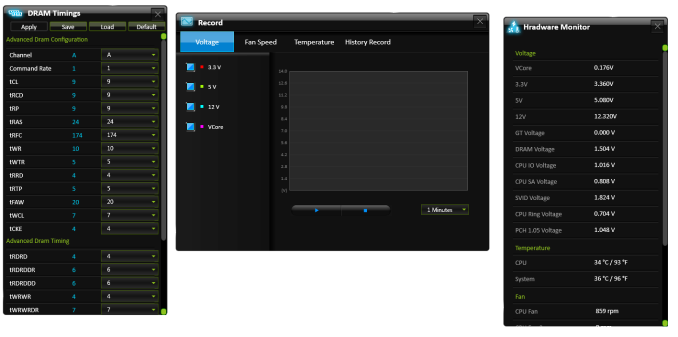














35 Comments
View All Comments
jardows2 - Monday, August 12, 2013 - link
Interesting to read about these high-end boards, but I would like to see someone build a high-end performing board without all the extra "features" that will never get used. 10 SATA ports? Really? If you are doing serious workstation computing and need that many hard drives in a RAID array, you are going to get a SAS RAID controller. If you are just using the computer as a storage server, you won't be spending $400 on the motherboard. All the USB 3.0 ports are going to collect dust for most users. I have several computers with multiple onboard USB ports that have never had anything connected. Add mediocre audio, combined with wireless add-on (practically worthless for such a high-end machine, especially when you have a high-end Ethernet controller on board) it seems like the manufacturers are subscribing to a "more is better" approach, when a "less is more" board, I think, would sell far more. Give me a motherboard with the graphics and overclocking performance that this board can offer, without all the extra stuff, and you will have a winner!529th - Monday, August 12, 2013 - link
Exactly! Well said.Optimalpc - Wednesday, January 29, 2014 - link
ditto that, jardows2! Stick with what a lot of us want - Full x16 bandwidth for GPUs, Good digital Power. Better Audio, including good headphone AMP. Ability to support the fastest memory available. Overclocking with mature tools. Min 3-year warranty. Game Ports. High-end Ethernet controller (Killer). Quit wasting money and real estate on too many SATA ports, USB Ports, sub-par wireless, and crappy audio! I don't need 14 USB ports (or even 8). Hardwired to the network, why even add the cost of wireless at all, UNLESS you are providing the latest in 802.11 standards (ac)?jeffb98 - Monday, August 12, 2013 - link
How's MSI when it comes to Linux? Do they test compatibility at all for at least Red Hat and SUSE enterprise targeted Linux distros? Would they look into/fix BIOS issues when it comes to Linux?I know Asus and Gigabyte tell you they don't do any Linux testing and support when it comes to their consumer motherboards even when there's clearly a Linux compatibility issue. I know most people "never had a problem" but that's most people who don't really do much and probably don't even need a high end board.
nathanddrews - Monday, August 12, 2013 - link
Quad-SLI/CF benchmarks? Seeing as this board caters to people that actually do that kind of thing.IanCutress - Monday, August 12, 2013 - link
My fourth 7970 is in the process of being RMA'ed.Ian
nathanddrews - Monday, August 12, 2013 - link
D'oh! Sorry to hear that.I was about ready to pull the trigger on a 780, but now that the 7990 is only $699 (and with improved drivers), I'm thinking of getting on of those instead given the potential of getting a second in a year or so. Thoughts?
yasamoka - Tuesday, August 13, 2013 - link
Quad-SLi / CF does not always scale too well. Plus you're more likely to hit a CPU bottleneck if you're running any single monitor resolution and hovering above 60FPS with a target of 120FPS.Plus, this: http://www.tomshardware.com/reviews/radeon-hd-7990...
Not recommended except if you water-cool for the heat issues. But then you get left with the other issues. Quad uses AFR + SFR so the microstutter fix is not going to be difficult as it already exists for dual GPU SFR. Quad is similar in that respect as each 2 GPUs use SFR and the groups of 2 GPUs use AFR.
nathanddrews - Tuesday, August 13, 2013 - link
My current setup does most games maxed at 1920x1200@96Hz (at 96fps), but I'm looking to do over 120Hz (at 120fps) with a new 120Hz Lightboost LCD or try out some of the overclockable 1440/1600p displays. My FW900 is going to die someday and I need to be ready. :|rpg1966 - Monday, August 12, 2013 - link
OK, this is probably a dumb question - but as implied on the first page, if this board has an additional 2 sockets of space between the port cluster and the PCIe sockets, won't you need a case that is specifically designed for such a long (tall?) motherboard?